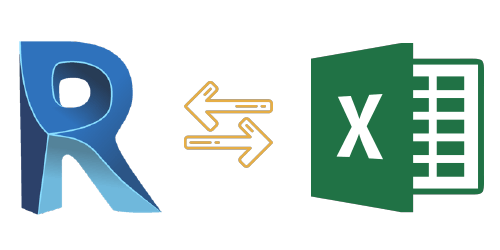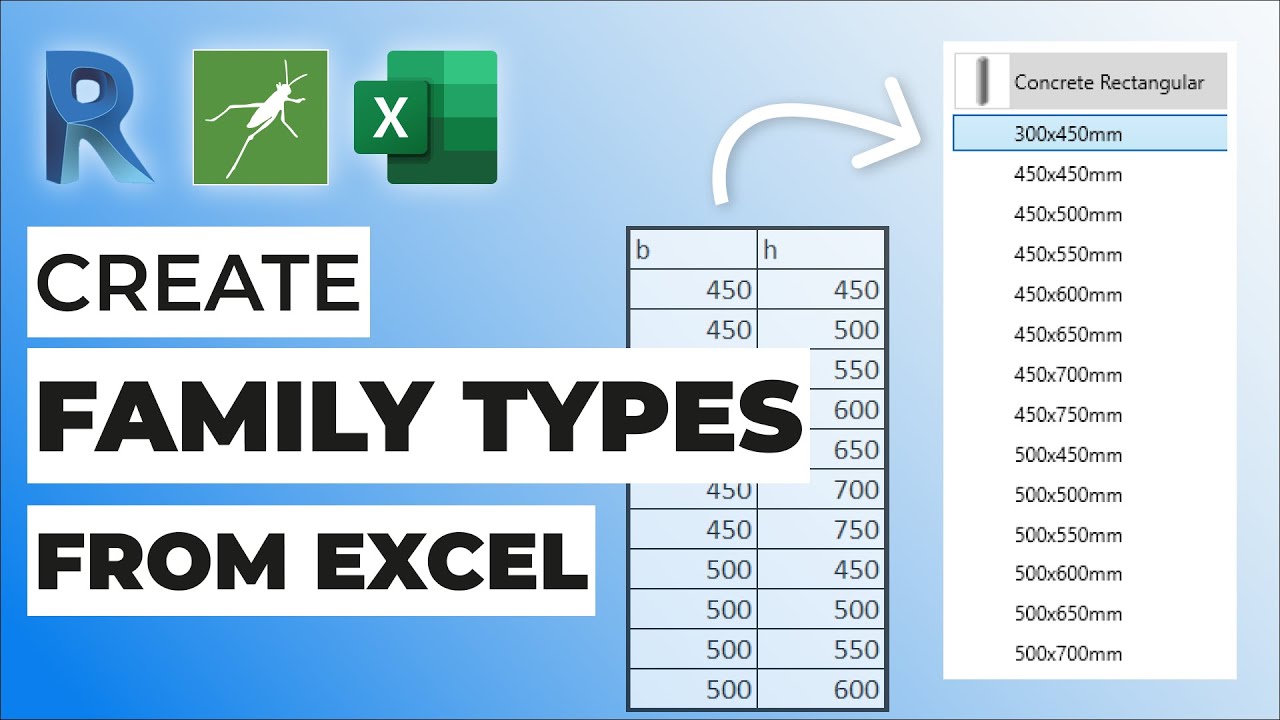Make The Most Of Efficiency with Top-Rated Revit Plugins
Wiki Article
Revit Accelerator: Excel Assimilation Methods for Increasing Productivity and Collaboration
In this article, we will explore the advantages of incorporating Excel right into your Revit operations. Plus, we will certainly share best methods for seamlessly incorporating Excel right into your Revit projects. Obtain ready to supercharge your Revit experience with our Revit Accelerator: Excel Assimilation Approaches!Benefits of Excel Integration in Revit
The benefits of Excel combination in Revit are various and can significantly improve productivity and partnership. By flawlessly connecting these two effective tools, you can streamline your operations and save beneficial time. With Excel combination, you can conveniently import and export information between Revit and Excel, allowing you to utilize the staminas of both programs.
Another benefit of Excel combination is the capability to create dynamic routines and reports. By linking your Revit version to an Excel spreadsheet, any type of changes made in Revit will immediately update in the corresponding Excel data. This makes it very easy to generate current timetables, quantity takeoffs, and various other job documents.
Excel combination in Revit also makes it possible for far better cooperation amongst staff member. With the capacity to import and export data, you can easily share details with coworkers that might not have accessibility to Revit. This promotes effective interaction and permits far better control and decision-making.
Streamlining Operations With Revit and Excel
Streamlining process with Revit and Excel can greatly boost efficiency and collaboration. By incorporating the capacities of Revit and Excel, you can seamlessly transfer data between the 2 applications, getting rid of the requirement for hands-on data entrance and decreasing the risk of errors.
Making Use Of Revit and Excel with each other permits you to leverage the toughness of each program - revit tool. You can export information from Revit into Excel, where you can perform intricate estimations, create charts and charts, and evaluate the information in an extra efficient and organized fashion. On the other hand, you can import data from Excel right into Revit, allowing you to rapidly upgrade your versions and paperwork based on adjustments made in Excel
The combination of Revit and Excel likewise advertises collaboration amongst staff member. By sharing Excel documents, you can quickly collaborate and connect on style and construction-related information. This improves coordination and makes certain that everybody is collaborating with one of the most up-to-date details.
Maximizing Partnership With Excel and Revit
To make best use of cooperation with Excel and Revit, you can perfectly share and upgrade design and construction-related data with your team. With simply a few clicks, you can import Excel spreadsheets into your Revit design, allowing you to conveniently gain access to and adjust the information.Among the crucial benefits of using Excel in conjunction with Revit is the capacity to upgrade data in both programs at the same time. Any modifications made in Excel will automatically be reflected in Revit, and the other way around. This makes certain that every person is collaborating with one of the most current information, staying clear of complication and conserving beneficial time.
Additionally, Excel offers effective devices for examining and organizing data, which can considerably enhance your partnership efforts. You can develop custom-made reports and charts in Excel, helping you to visualize and interact important job information successfully. This can be particularly useful when providing data to stakeholders or making notified choices based on job metrics.
Advanced Techniques for Enhancing Productivity in Revit Utilizing Excel
By utilizing advanced strategies in Revit, you can dramatically raise your performance by leveraging the power of Excel. Among the essential approaches for enhancing performance is by utilizing Excel as a data monitoring tool. With Revit's Excel integration feature, find out you can link Excel spread sheets directly to your Revit model, allowing you to quickly manage and update data. This assimilation allows you to create routines, determine amounts, and perform information analysis successfully.
In addition, you can utilize Excel macros to automate repetitive tasks in Revit (revit tool). Macros permit you to videotape a collection of actions and play them back with a single click, saving you effort and time. For example, you can produce a macro to automatically produce room timetables or update specification worths wholesale.
Ideal Practices for Excel Combination in Revit
Making Use Of Excel as an information click to read more monitoring device in Revit permits effective administration and updating of information. By integrating Excel right into your Revit workflow, you can streamline your processes and enhance efficiency. One of the very best practices for Excel assimilation in Revit is to produce a clear and arranged data framework. This implies making your Excel spread sheets with columns and rows that straighten with the criteria and classifications in your Revit job. By doing so, you can quickly import and export data between Revit and Excel with no complication. One more ideal practice is to make use of solutions and features in Excel to automate calculations and data manipulation. This can save you time and guarantee accuracy in your data management. Furthermore, it is crucial to consistently upgrade your Excel spreadsheets and sync them with your Revit job. This means, any type of modifications made in Revit will be shown in your Excel files, and vice versa. By following these best techniques, you can effectively utilize Excel as a data administration device in Revit and improve your performance and partnership.Final Thought
Finally, integrating Excel with Revit can greatly improve performance and cooperation in the style procedure. By optimizing and improving process cooperation, teams can function a lot more successfully and efficiently. Advanced techniques, such as using Excel solutions and macros, can even more boost productivity in Revit. Nonetheless, it is very important to comply with best practices to make certain seamless combination and avoid any type of potential concerns. By leveraging the power of Excel, Revit individuals can attain higher degrees of efficiency and cooperation in their projects.With Excel combination, you can easily import and export data in between Revit and Excel, enabling you to take advantage of the strengths of both image source programs.
One of the crucial advantages of Excel assimilation is the ability to use Excel formulas and functions within Revit. By connecting your Revit version to an Excel spread sheet, any adjustments made in Revit will immediately upgrade in the matching Excel data. On the other hand, you can import data from Excel into Revit, enabling you to promptly upgrade your models and documents based on adjustments made in Excel.
With Revit's Excel integration function, you can connect Excel spreadsheets straight to your Revit version, enabling you to easily manage and upgrade data.
Report this wiki page